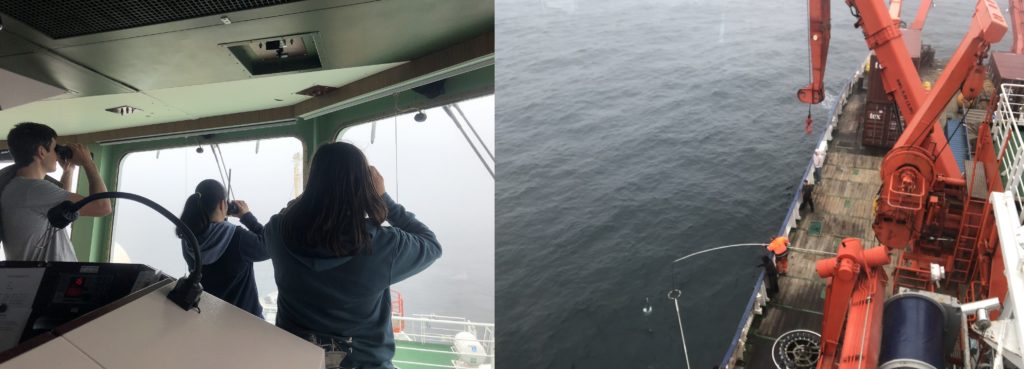You may find this blog post also on oceanblogs. Follow Meteor’s position in real time!

Over the past 20 years, Argo floats have caused a small revolution in the field of observational oceanography as they provide near real-time measurements of the ocean subsurface, which have greatly improved our weather forecast and ocean analysis. Currently, there are ~4,000 floats sampling the oceans year-round.
These floats are autonomous underwater profilers, which means that they are programmed to take measurements as they go down and up the water column by themselves and transmit their data to satellites when they reach the surface. Usually, the Argo floats are not recovered once deployed in the ocean. However, we did recover one of these floats today at the request of the Federal Maritime and Hydrographic Agency (BSH) because it is a quite expensive float model, and its carbon dioxide (CO2) sensor was defective. (Look up the different models of floats – The more sensors they have and deeper they can get, the more expensive a float is.)
To recover the Argo float, we first had to locate it in the ocean, which is not so easy to do even having its exact coordinates; The float was only a tiny greyish dot hardly visible between two waves and in the fog. After we had visual contact with the float, the crew further approached the vessel from the float and recovered it.